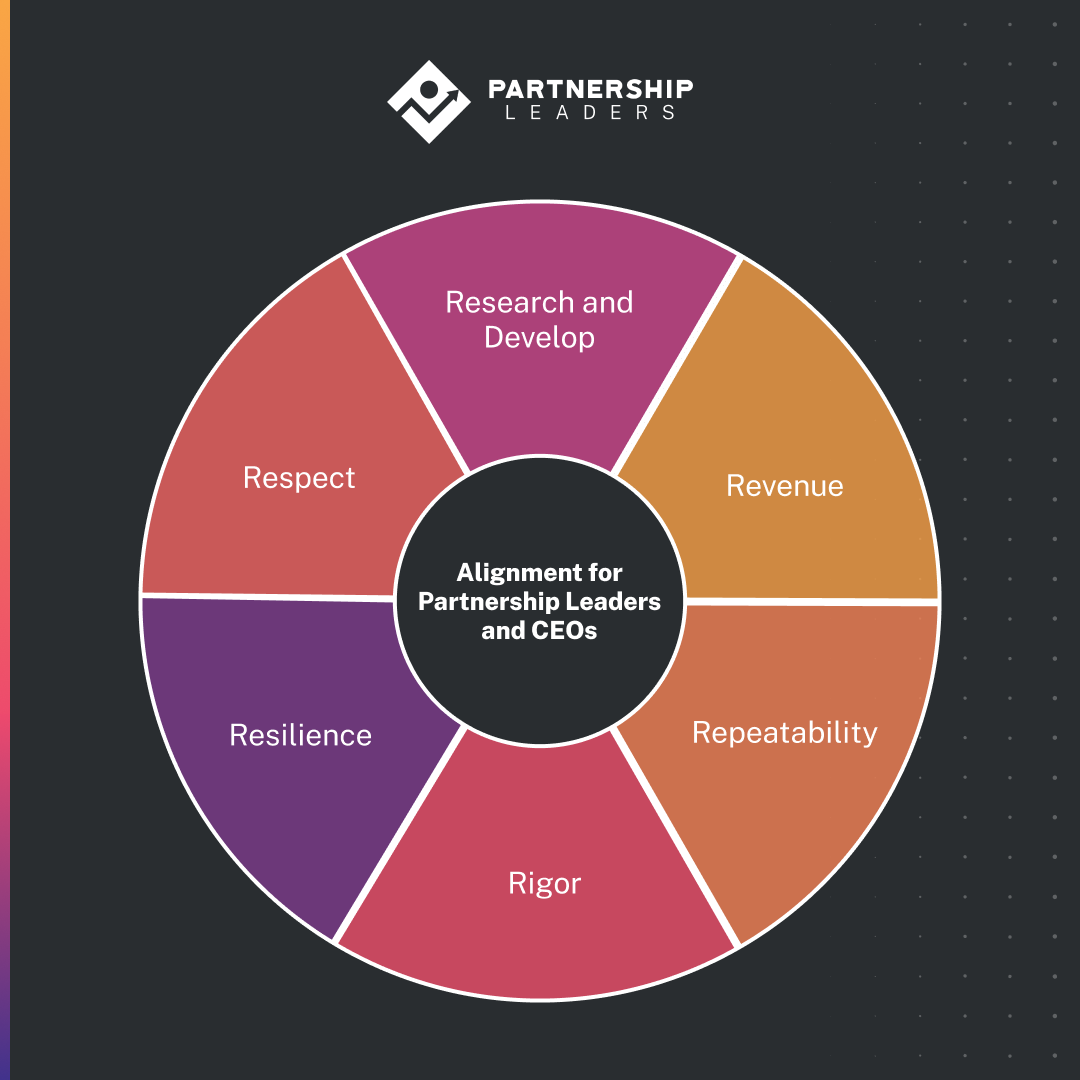Startups thrive on good partnerships, but those leading them often don’t get the spotlight they deserve. This oversight can leave a big gap in how startups grow and succeed.
We’ve got Asher Mathew, Co-Founder and CEO of Partnership Leaders, and Sonya Jamula, Vice President and Head of Partnerships and Alliances at Gusto, tackling this exact issue.
If you’re a CEO looking to understand and support your partnership leaders, read on for insights from these two industry experts.
What is a Partnership Leader?
The role of partnership leaders in startups is more complex and crucial than often perceived. These individuals are not just intermediaries but strategic pillars fundamental to a company’s growth and expansion.
“The framework is, research and develop your partners whether it’s Go-to-market or product partnerships,” said Mathew.
This dual focus requires identifying potential allies and fostering these relationships for shared growth and success. He emphasizes that their role is more than networking but also involves creating valuable alliances that drive company objectives.
Echoing Mathew’s sentiments, Jamula points out the importance of CEOs understanding different partnership types and their impacts:
“It’s very important for CEOs to actually understand what they want out of their partners and how they will support them.”
This clarity is critical in aligning partnerships with the company’s broader goals and market realities.
A partnership leader’s ability to align strategic partnerships with the company’s objectives and market conditions is invaluable, making them indispensable for companies looking to scale effectively.
The CEO’s Role in Fostering Successful Partnerships
It’s not enough for CEOs to simply acknowledge the importance of these roles, though. They must be actively involved in the development and maintenance of these partnerships.
Mathew underscores this by discussing the joint efforts required in partnership development. “Even in Partnership Leaders case, right? We are a private network. We spent a lot of time this year working with Impartner and with WorkSpan on building a go-to-market,” he explains.
This example illustrates CEOs’ need to delegate and engage directly in partnership initiatives, lending their support and resources to ensure success.
Jamula expands on this, highlighting the CEO’s responsibility to set clear expectations and provide adequate resources. “If you are hiring, whether it’s a VP or a channel manager for this purpose, if you do not already have that function or that person for partner marketing, you’re doing them no favors,” she said.
This points out the pitfalls of inadequate support for partnership leaders, emphasizing the need for CEOs to understand and meet their needs effectively.
In essence, the success of partnerships in startups heavily relies on the CEO’s involvement and support. CEOs need to be more than just overseers – they should:
- Be active participants in the process
- Align their vision with the partnership leaders’ strategies
- Ensure they have the resources needed to thrive
The rewards can be significant if CEOs are willing to invest in their partnerships.
The Six-Point Framework to Achieve Alignment Between CEOs and Partnership Leaders
So, how can CEOs ensure they are effectively supporting their partnership leaders? Here’s a framework that Mathew and Jamula have uncovered as CEOs of their organizations.

1. Research & Develop
An essential aspect of partnership leadership is the ability to research and develop potential partnerships effectively. This process involves finding partners and identifying those who align well with the startup’s vision and objectives.
“Research and develop your partners whether it’s Go-to-market or product,” Mathew said.
He highlights the need for a detailed understanding of potential partners, including:
- Strengths
- Weaknesses
- How they can complement the startup’s goals
It’s about creating a synergy that drives mutual growth and success.
2. Revenue
A significant focus for partnership leaders is contributing to the startup’s financial objectives. This involves aligning partnership strategies with revenue goals, particularly for startups where hitting specific targets like $1M ARR is crucial.
“Look for revenue because if the product partnerships aren’t helping with recurring revenue or net retention… It’s got to be somewhere on revenue,” said Mathew.
To make your partnership financially impactful, you must ensure it’s aligned with the overall revenue objectives.
3. Repeatability
Creating and maintaining repeatable processes in partnership management is crucial for scalability and efficiency. This approach ensures successful strategies can be replicated across different partnerships, leading to consistent results and streamlined operations.
By recording what works and what doesn’t, partnership leaders can build a playbook of effective strategies and tactics, which can be adapted and applied as the company grows and the market evolves.
4. Rigor
The role of a partnership leader also involves a deep understanding and application of various metrics and ratios that measure the success and efficiency of partnerships.
Operational rigor involves analyzing data points like:
- Dial-to-connect for partner development
- Registrants-to-attendees for partner marketing campaigns
- Pipeline-to-closed-won for partner sales
- Time-to-resolve issues for partner success
Mathew highlights the importance of this analytical approach, “This requires a little bit of a different type of resilience.” This resilience refers to understanding and using these metrics in making informed decisions and optimizing partnership strategies.
5. Respect
Achieving respect as a partner organization involves more than just forming alliances. It’s also about building a reputation as a valuable and reliable partner. This reputation is earned by recognizing and valuing the contributions of each partner and ensuring that they are integral to the business strategy.
“I think that it’s very important for CEOs to actually understand the crux of what they’re going for,” Jamula said, underscoring the importance of this recognition.
Understanding and respecting partners’ roles and contributions are essential for building long-term, successful partnerships.
6. Resilience
Partnership management requires resilience, anticipating potential challenges, and having contingency plans in place. It’s about being prepared to support both the partner and the customer when things don’t go as planned.
“If you are making sure that this is key and it’s communicated well… you’ll have no problem,” Mathew said, which speaks to the importance of clear communication and robust planning.
This ensures that partnerships can withstand obstacles and continue to contribute positively to the company’s growth and success.
Conclusion
Partnership leaders play a vital role in driving startup success. So, you need to strategically hire the right people for these roles and provide them with the necessary resources and support to thrive. A balanced blend of operational expertise and strategic insight is critical, aligned with the company’s overarching goals and values, and supported by the right resources.
Join The 1700+ Leaders Transforming Partnerships
As a member of Partnership Leaders you will:
- Build and learn with the top partner people at the best companies around the world.
- Increase your impact and accelerate your career with proven resources, tools, and best practices.
- Grow a network of peers, partners, and advisors with common objectives.



